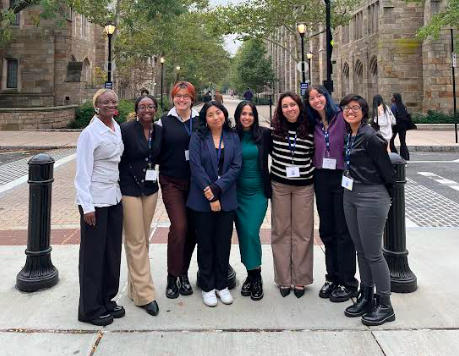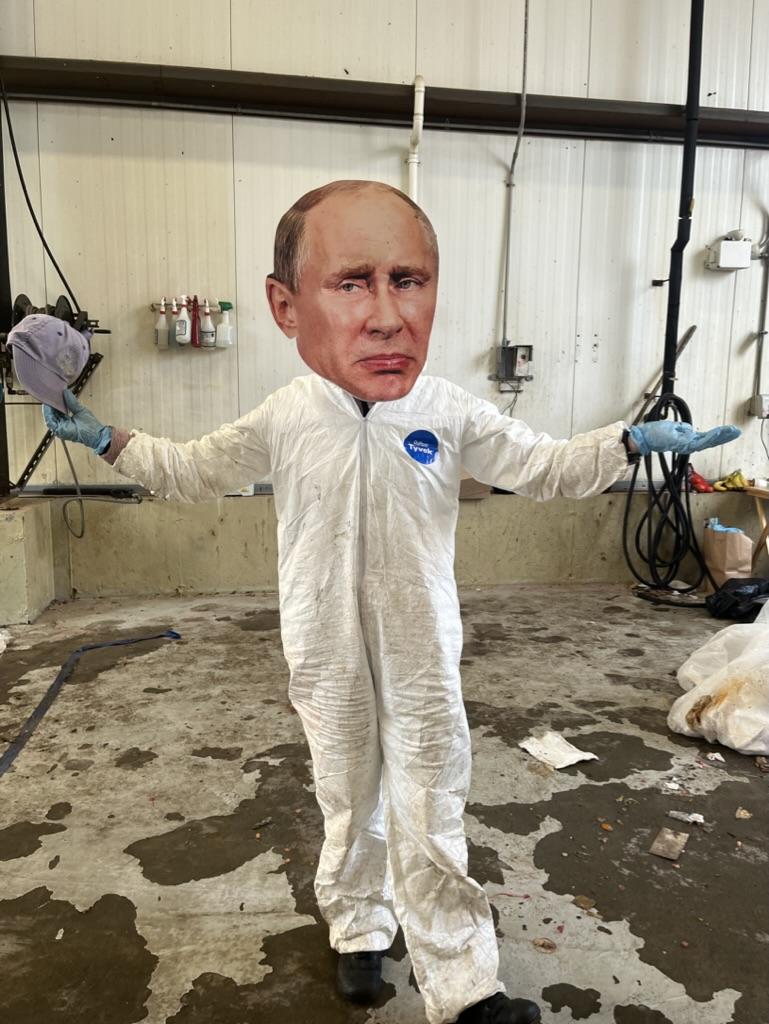The road to Wellesley is different for all students, especially BIPOC students. From Rwanda to Houston, through our inquiry to action project for EDUC 215: Educational Inequality and Social Transformations in Schools, we interviewed various students from different racial, ethnic and socioeconomic backgrounds in order to explore the intersectionality of identity, policies and educational experiences. Throughout EDUC 215, we learn about the multitude of inequities that students encounter in the education system and schools. We also investigated how schools exacerbate these inequalities and perpetuate disparities in the education system which encourages us to restructure the purpose of education.
Our Inquiry to Action project “The BIPOC Youth Perspective” intends to contextualize our course contents in the Wellesley College community and demonstrate our individual commitments to making education more equitable. Specifically, we want to contextualize the racial disparities and structural racism found in a schooling system that is built on white supremacy through investigating the education trajectories of Wellesley students that led them here. Although this is only a very limited portrait of the entire BIPOC student population at Wellesley, in conducting these interviews, we endeavored to center voices that are not usually at the center of their own educational experiences. Ultimately, despite the differences in the students we interviewed, there were a few common threads that we found in multiple interviews. While still acknowledging the diversity of experiences that BIPOC youth have in their education, it is important to expand on these commonalities in order to gain a more comprehensive understanding of the challenges BIPOC students face and how their experiences can be made more equitable in the future.
Four Big Themes:
- Who do you go to class with? Did they grow up with experiences similar to yours? Due to the way school systems are intentionally designed in the US, we often go to school with students in our neighborhood, which are determined by race and socioeconomic class. So more often than not, classrooms were homogenous and this was the first common theme we saw in our interviews and through personal experiences. The system builds upon itself and leads to further homogeneity and clustering of resources.
- The inaccessibility of opportunities and resources. Many high schools in the United States lack accessible opportunities for academic advancement for students of color. In most high schools, students have access to college preparation programs and enrichment activities, but those programs are usually only available to students that present as high achieving. We can not limit access to college preparation programs and enrichment activities to only students that earn the highest grades or present as intelligent students. We must make these opportunities available to all students in different capacities through diverse college access programs that prioritize exposing students to all access to college life. In the Wellesley College community, marginalized BIPOC students express educational inequity in this community through financial insecurity, less diversity of class offerings and less access to student research positions for students without former research experience. Wellesley must address these disparities by rethinking the financial aid package and expanding access to marginalized students earlier on in early research programs that are available to a larger number of underrepresented students across departments. Also, students are in need of consistent mentorship and support from faculty and many marginalized students in our interviews accredit their academic success to the strong relationships that they have with their professors. Representation, funding and mentorship is essential to education justice, and the College must intentionally develop support networks for marginalized students in order for Wellesley to reckon with the educational disparities that exist on this campus and beyond.
- The third common theme is that BIPOC parent involvement faced different barriers: immigrant parents, parents who did not finish school, parents who had to work to put their children through school and others. When asked about parent involvement, all of us and the academic institutions had in our mind a strict view of what this means — participating in meetings, talking with teachers, going to school events and even helping the student with homework. However, we now reject this view and must consider that this behavior is not inclusive for parents who have to work full-time, or single parents, for example. Although our interviews had different reasons to explain why their parents were not “involved” in their academic journey, this common thread of their parents not being able to fully support and participate in their school communities symbolizes the lack of accessibility schools have inside their programs and commitment to cultural exclusion. There needs to be a redefinition of parent’s involvement that includes parents who have significant work responsibilities and whose children attend schools that are far from their neighborhoods. When a parent works full-time to put their child in school, this is parent involvement. When a parent goes to another country to find a better life and, consequently, educational opportunities for this child, this is parent involvement. When a parent encourages a student to go to school when they themselves did not, this is parent involvement. Recognizing those different ways parents are involved at school is important to POC students recognize that school is also a space for their community represented by their parents and that they are valued.
- Lastly, BIPOC students can encounter unique challenges when faced with dual marginalization. The BIPOC community is not monolithic, and low-income is not synonymous with BIPOC. However, many of the students that we interviewed identify as low-income and BIPOC which directly influences their academic journeys. Prior to attending Wellesley, many students felt like their schools lacked essential resources and could have better equipped them to enter an institution like Wellesley. Many thought that Wellesley would bridge the gaps for them and equalize the disparities that they encountered prior to Wellesley. This has happened for some people, but many BIPOC students continue to feel a sense of otherness at Wellesley because the lack of diversity in some spaces can lead students to question their intelligence and insinuate that they do not belong. These types of racial microaggressions are not unique to Wellelsey, but must be addressed and combatted if we are to create an inclusive learning environment for all students. Financial disparities also exist in the BIPOC community with other BIPOC students amongst themselves and other students which perpetuates sentiments of imposterment.
Education justice looks like …
Increasing teacher diversity and representation. Having role models in classrooms that understand where we come from, what our lives outside of school looks like and the cultural selves that we bring into schools is meaningful for many BIPOC Students.
More wellness programs and accessible college preparation programs. Intentional investment into students that might not otherwise already have access to informal networks of information and know how to access these resources, often BIPOC students. As BIPOC students enter college, the importance of informal and intercommunity networks become obvious. Opportunities are often shared through word of mouth in these social settings where students are comfortable with one another. In order for these types of exchanges to occur, administrators need to invest in BIPOC student organizations and minimize budget cuts to allow students to fully participate and build relationships with their community at both the high school and university level.
More holistic financial support. The privilege of only studying for BIPOC and low-income students is not an option. As they have to support themselves and sometimes their family as well, working becomes essential because the college does not take into consideration emergency funds for surgeries/emergency flights/or other necessities related to health and wellbeing or living expenses. Students need financial security to feel belonging and thrive.
What does education justice look like for you? For a more detailed breakdown of interviews and background information visit: https://bit.ly/b-perspective









